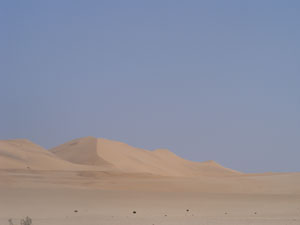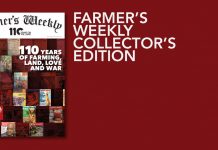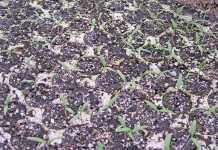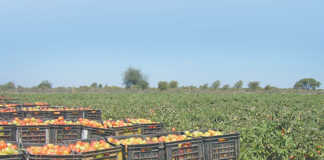I’m talking the Namib. I’ve just come back from a visit to Swakopmund and was again left mesmerised by that magical place, where the stark desert harshness is offset by the incredible beauty of its dunes, the adjoining sea and the treasures hidden by stone and sand.
I’ve been visiting the Namib for close on 25 years now, but remain enthralled by the small lichens which cover thousands of hectares of sand. I get as excited as a child all over again when I see the minute leaves open up like so many little hands when you drop some water on them.
Lichens can easily be mistaken as a piece of debris blown about by the wind, but on closer inspection you’ll find a complete miniature plant that grows no more than 1mm/year. That shows how sensitive the Namib ecosystem really is.
Not far inland from Swakopmund is the frightening Moon Landscape. The barren and austere hills and koppies are beautiful. This gorge along the Swakop River looks totally devoid of life, but then you come upon the Goanikontes oasis. This used to be part of the Baaiweg, the main road from Walvisbay and Swakopmund to Windhoek in the old days. It’s a privately owned farm now, which also offers a splendid tourist rest camp.
Jip, a boer makes a plan, even in the Namib!
Driving further along the Swakop River we came across a small herd of springbok. Goodness knows how these animals survive on the sparse vegetation, but they looked well enough.
However, the lonely male ostriches we saw here and there walking sedately through the emptiness epitomised loneliness and desolation. Seeing them on those windswept sand plains I half believed the old wives’ tale that ostriches eat stones.
I happened upon a delightful book called Gateway to Adventure by Pat Honeyborne in the Swakopmund Buchhandlung. Honeyborne joined the South West Africa Police Force in 1926. He was posted to Walvisbay and Luderitzbucht and tells gruesome stories of illegal diamond smugglers and prospectors succumbing to thirst and exposure in the unforgiving Namib.
They used camels in those days to patrol the forbidden ‘Sperrgebiet’ and were often out for weeks on end hunting the trespassers. Although Honeyborne and his men caught a fair number of crooks in his time, one wonders how many got away stinking rich. And how much of it is still going on today?
We Africans need to delve deeper into our own history to learn more about ourselves. We live on a magnificent continent full of adventure and wonder. Travellers don’t always have to seek adventure in far away countries – they can just cross the border to Namibia and get to know the Namib. I guarantee that nobody will be left unaffected by that exquisite land.
View the Namib photo gallery.











